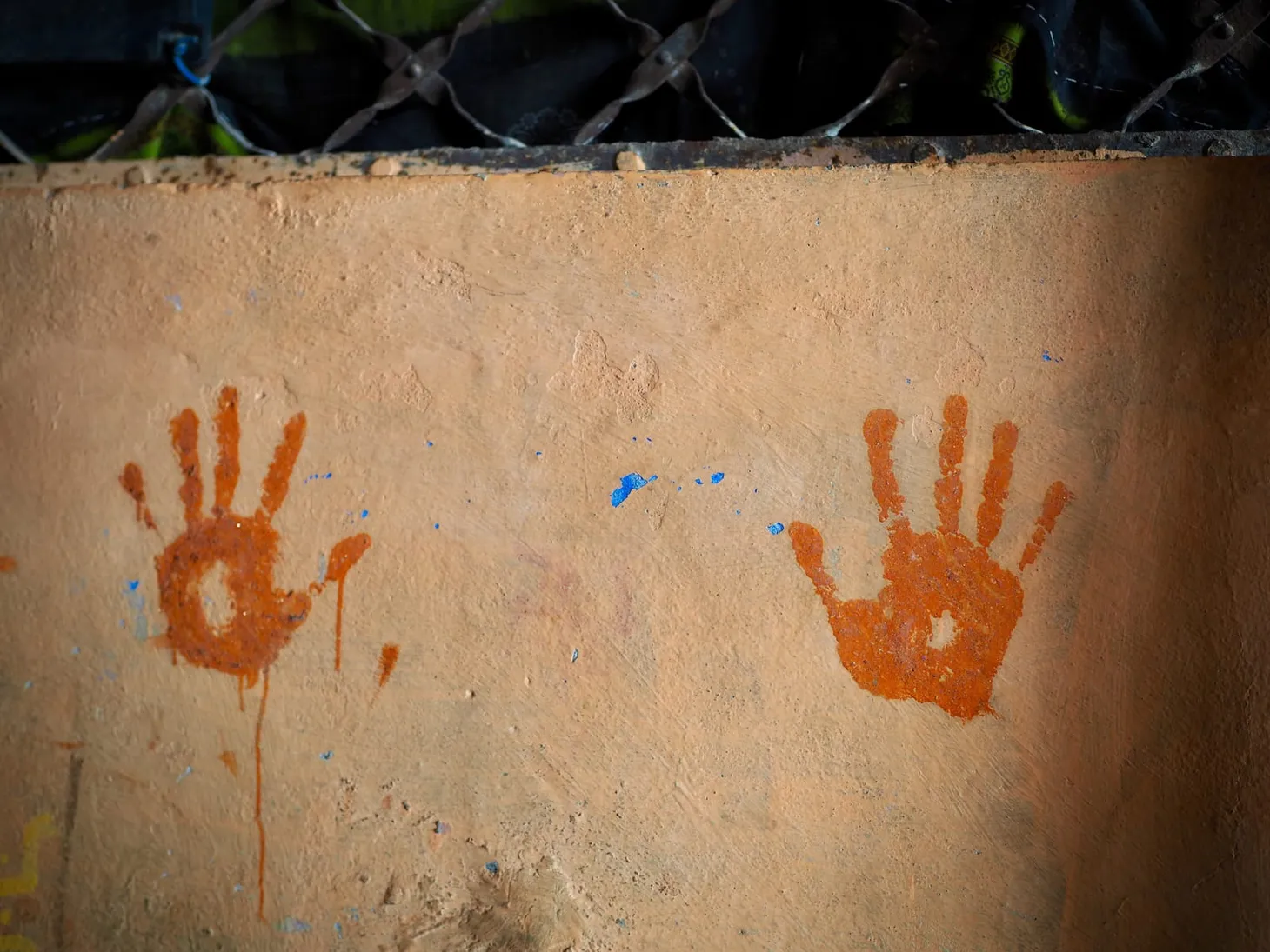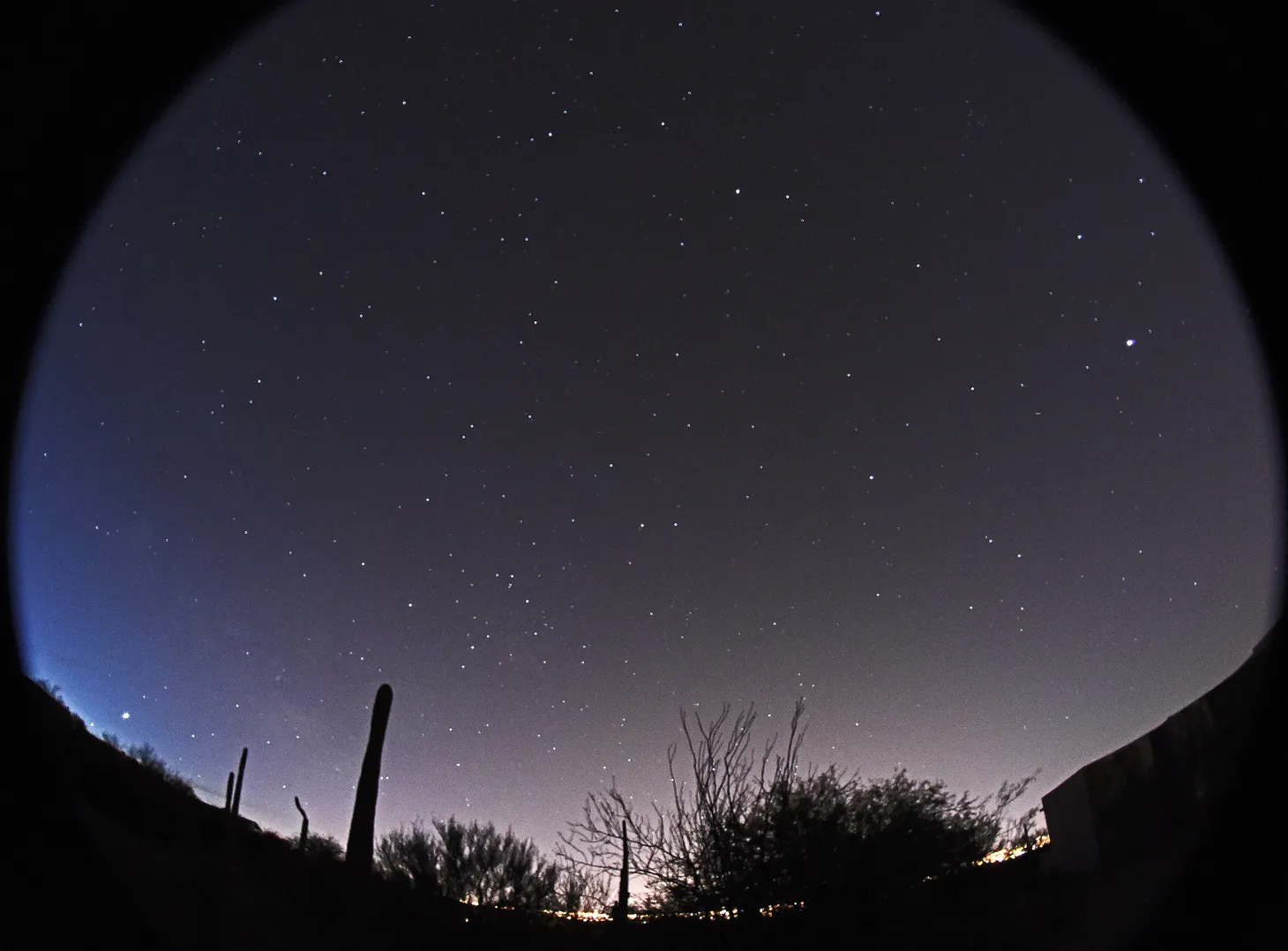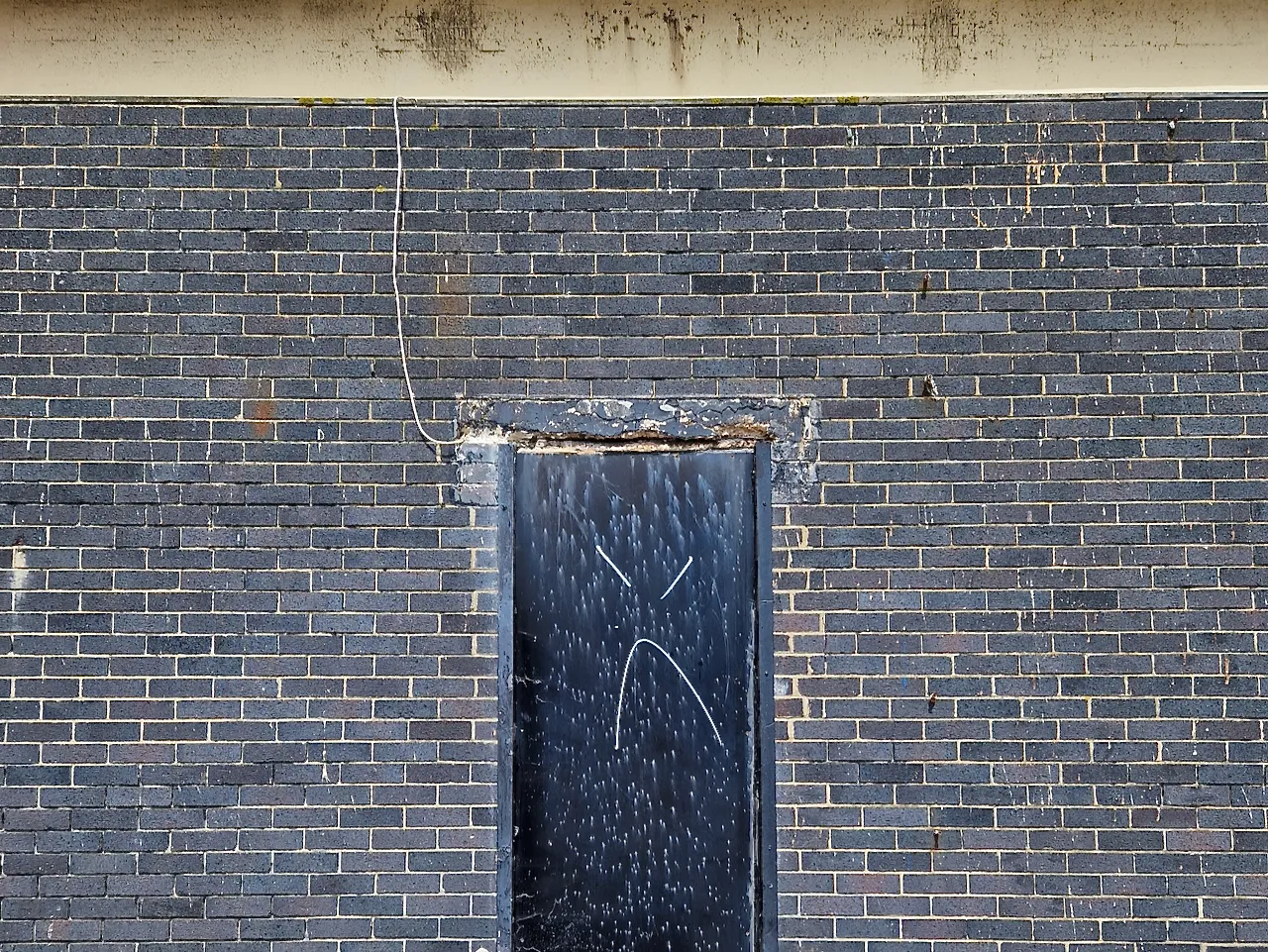Taking In The Good
Our brains are primed to notice what’s wrong with intensity. Some scientists say our minds are like velcro for negative experiences, and Teflon for positive ones.

Hello friend,
Welcome to this month’s letter, or “digital care package” as I like to imagine it!
What you’ll find inside:
- Personal note on mindfulness.
- Carefully curated collection of links.
- Looking Exercise (camera optional).
- Book recommendation.
- Photos of beauty in the mundane.
Personal note: taking in the good
Our brains are primed to notice what’s wrong with intensity. Some scientists say our minds are like velcro for negative experiences, and Teflon for positive ones. This natural “negativity bias” helps us spot problems and survive in dangerous situations, but it can also keep us feeling stressed!
This is why I’ve started a daily gratitude practice with my husband (credit: his idea). Our underlying aim is pretty simple – to feel calmer, happier and honestly just have fewer arguments! So once the day is done, toddler asleep, kitchen wiped down and pyjamas on, we rack our tired, scattered brains to recall at least three specific things we each feel grateful for.
Some evenings it’s tricky to remember many details about the day at all, let alone moments of appreciation. But the funny thing is, now that we’ve been doing it for a few weeks, I’ve found myself trying to make the whole process more efficient! During the day I’m collecting goodness – making mental notes – so I can reel it off in the evening without too much effort. And this is helping me to direct my attention in a nourishing way.
If you’re thinking of trying something similar, you could use social media for accountability, and to spread the joy. One of the fascinating readers of this letter, Trishna, just completed 100 days of gratitude on Instagram, and it was inspiring to see her images and read the stories every day.
Also, I’m loving this song (can’t get it out of my head!)
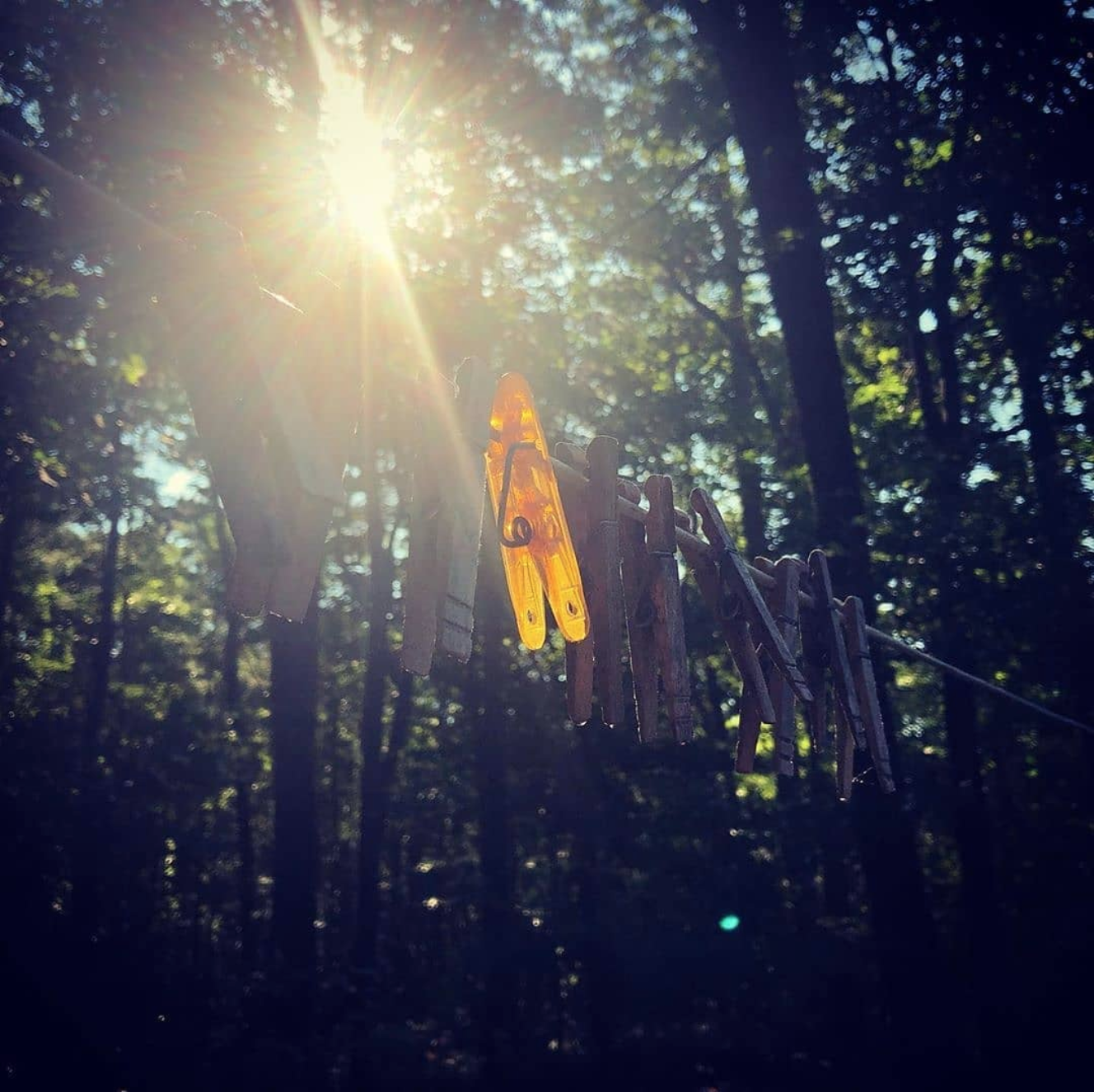
On the art and science of looking
Watch
Listening for the first time
Imagine what it must be like to hear a sound for the first time. Here is a 49 second video of a baby who was born deaf being able to hear for the first time after a cochlear implant. See if you can catch the moment when his attention sparkles as he hears his mum’s voice!
Listen
Proof of practice
I recently came across this microniche on Instagram of accounts of musicians practising. I’m reminded of how deeply important it is to practice every day in order to develop any skill. The link takes you to the Instagram of Morgan, a bassoon musician. (I learnt about her in this article, via Luke Leighfield’s excellent newsletter.)
Watch
Ways of seeing
A profound extract from John Berger’s famous Ways of Seeing, but with penguins!
Watch
The Girl With The Chewing Gum
This is an art film from 1976. A commanding voice over appears to direct the action in a busy London street, but as the instructions become increasingly absurd, we realise that the director (not the shot) is fictional. He only describes, not prescribes, the events that take place before him. (Thanks to Rob Walker from The Art of Noticing for sharing this quirky delight!)
Read
The “Enough Strategy”
A researcher writes about contentment, how it’s different from our conventional idea of happiness, and the core strategy to feel more content.
Watch
Good photography requires life-awareness
Sean Tucker is one of the photographers I love to hear talking about his craft. In this short video (6 min) he shares the importance of regular visual exercise and becoming more “life-aware”.
Read
Noticing house numbers during lockdown
A few months ago I shared an awesome clip from the movie Smoke, about a guy who took photos of the same street corner outside his shop for years! Well now, in real life, during lockdown, there is a guy that has documented the font styles used for house numbers in his entire local neighbourhood. He says it is “a testament to my love of my little corner of the world”.

Looking exercise
The View From Your Window
Time needed: 12 min
“Windows are, in (a) sense, a powerful existential tool: a patch of the world, arbitrarily framed, from which we are physically isolated. The only thing you can do is look. You have no influence over what you will see. Your brain is forced to make drama out of whatever happens to appear. Boring things become strange. A blob of mist balances on top of a mountain; leafless trees contort themselves in slow-motion interpretive dance; heavy raindrops make the puddles boil. These things are a tiny taste of the bigness of the world. They were there before you looked; they will be there after you go. None of it depends on you.”
– Sam Anderson, New York Times
This exercise is about paying attention to the view from the window nearest you right now. But before you start, I’d like you to take a few minutes to look out of other people’s windows using a site called WindowSwap. Amazingly, people from around the world have uploaded short videos out of their windows and you can contribute one too if you like.
1. Go to WindowSwap and spend 5 minutes looking through windows. Notice how it feels as you look – surprise, delight, curiosity, amusement?
2. Now put your phone or tablet down, or switch off your computer screen, and turn to look out through the window nearest you with a sense of openness and enjoyment. Get comfortable, standing or sitting.
3. The window might be open or closed – both are fine. If it is closed, you might notice some reflections in there, adding layers to what you see. If it is open you get to experience the extras such as the wind and sounds.
4. Spend 5 minutes looking. Use a watch or a timer on your phone. That should give you enough time to move your eyes across the full-frame, all the way to the edges, especially paying attention to all four corners.
5. If your mind wanders away from the looking, just notice where it went and gently bring it back to the view from the window.
6. Optional: Take a photo of the view. It could be fun to send it to a friend you miss and ask them to send one back!
If you’re on Instagram come and join us @wearejustlooking and share your photo using the community hashtag. Your looking will inspire others!

Bookshelf
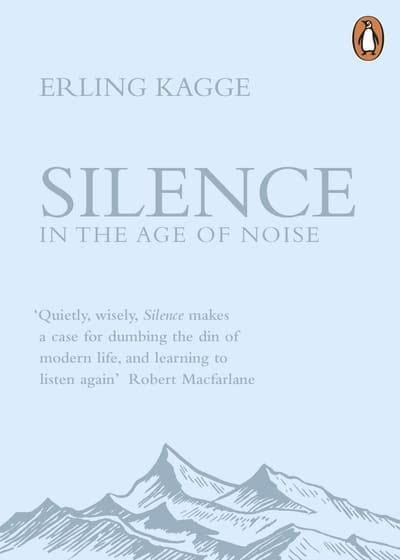

“Life is long, if we listen to ourselves often enough, and look up.”
– Erling Kagge, Silence in the Age of Noise
More book recommendations on looking.
Thank you for reading. I’d love to hear your thoughts, see the view from your window, or just know how you are doing! Community means so much.
Yours in curiosity,
Menka
Noticing – Our Newsletter
Join our newsletter community for monthly inspiration to slow down and stay curious about everyday life and what matters most to you.


